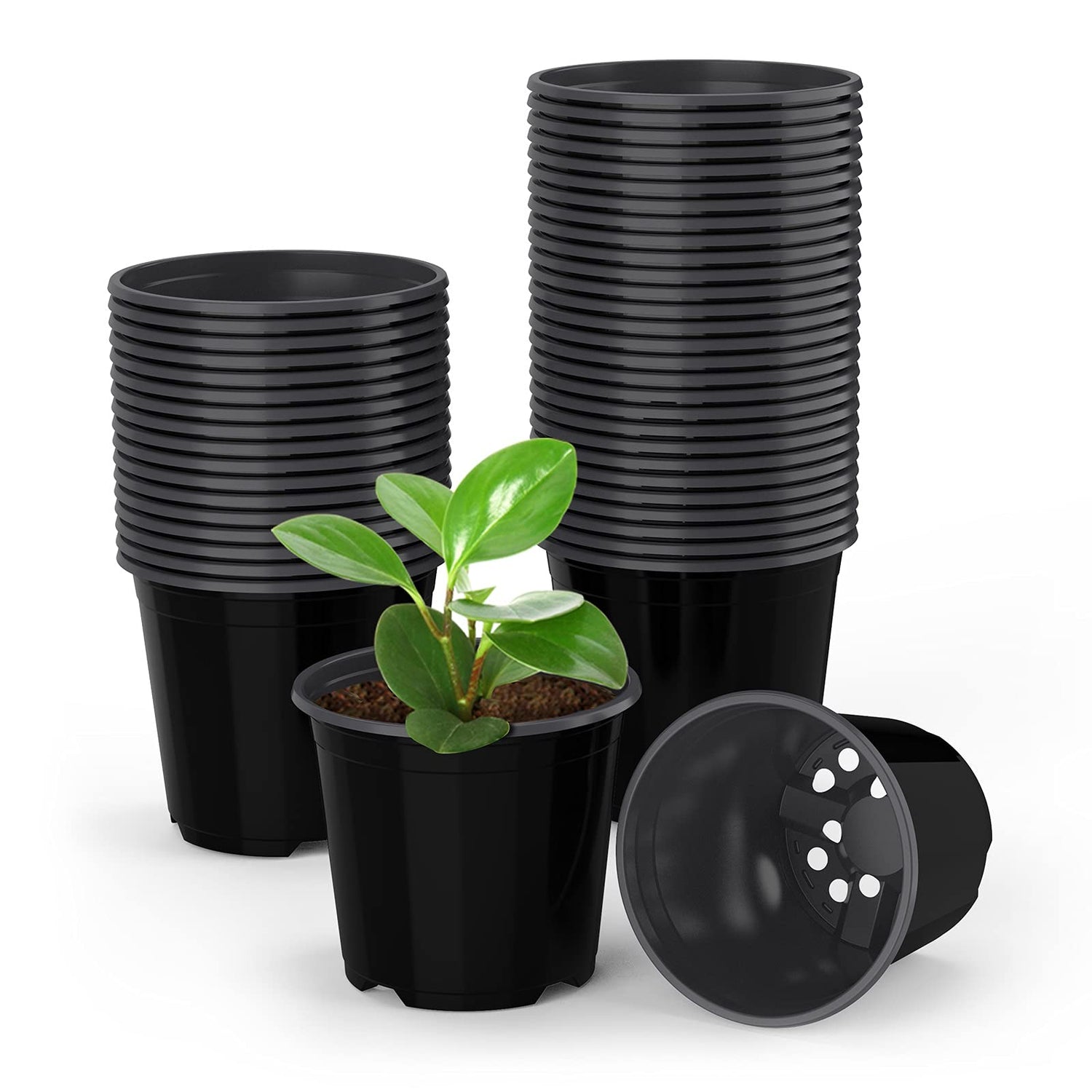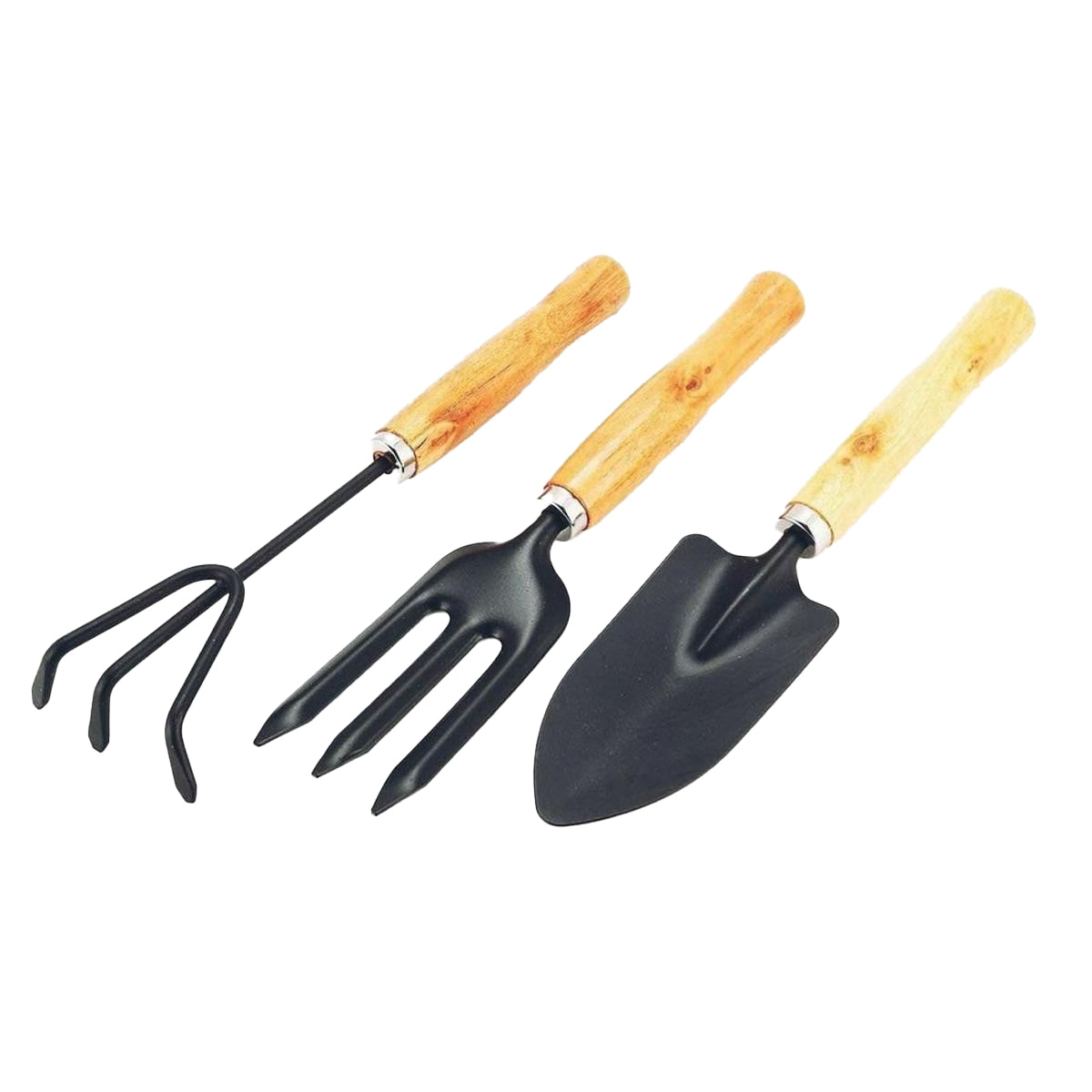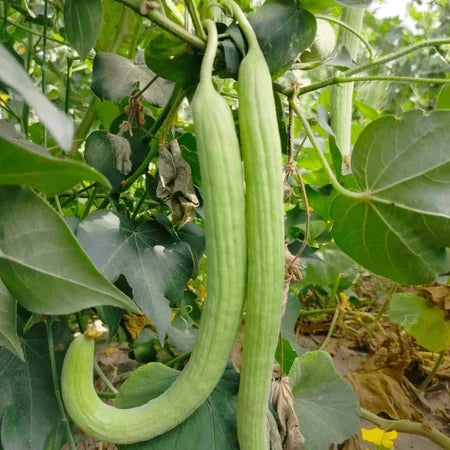
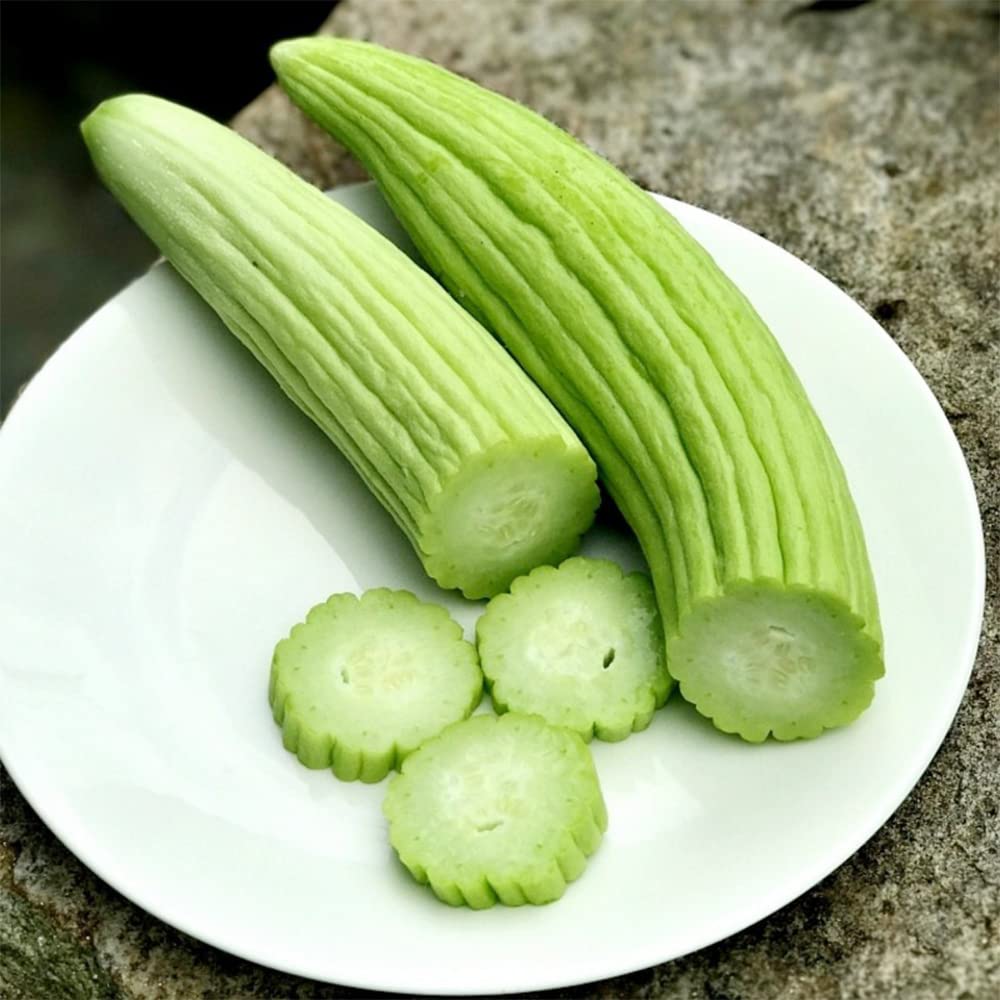
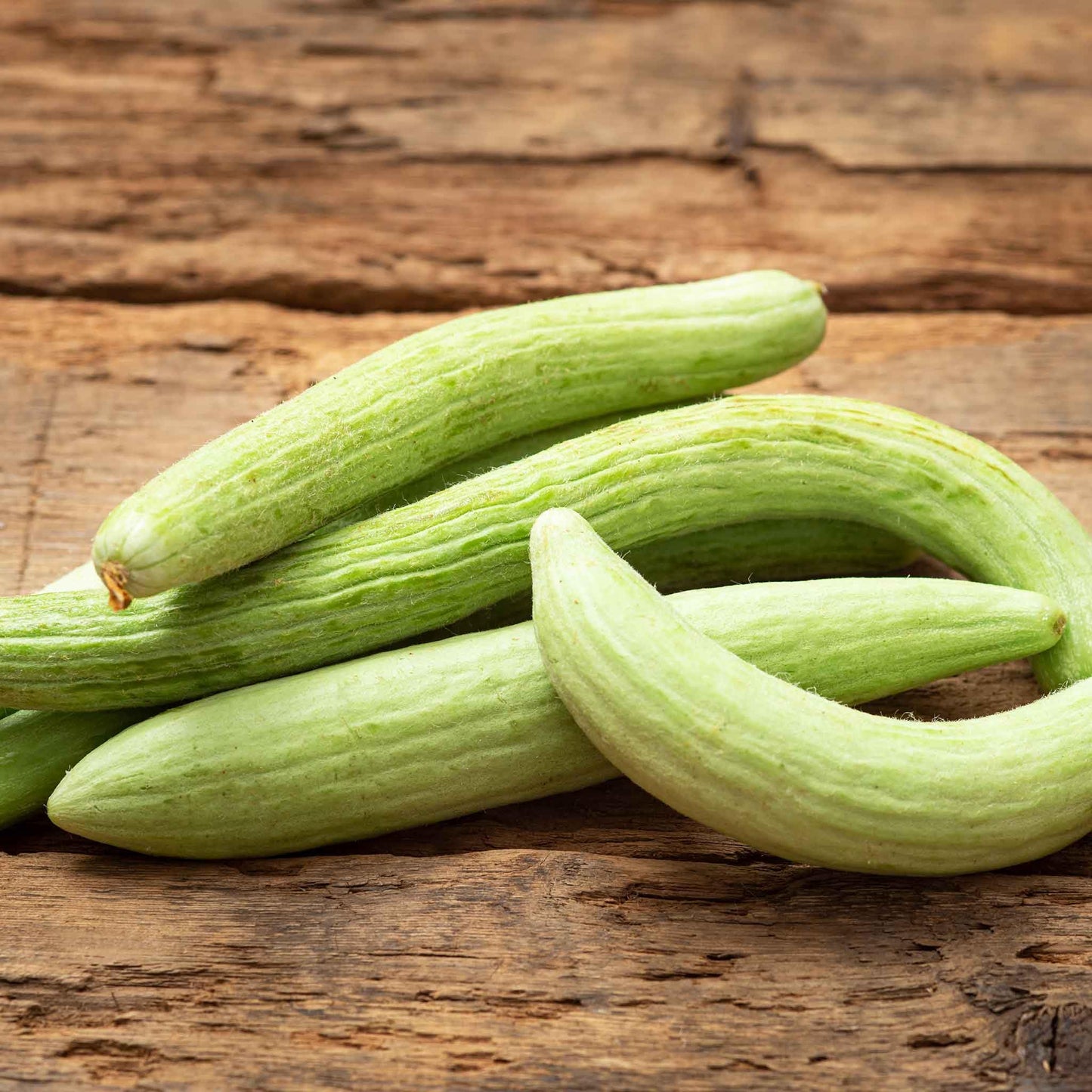
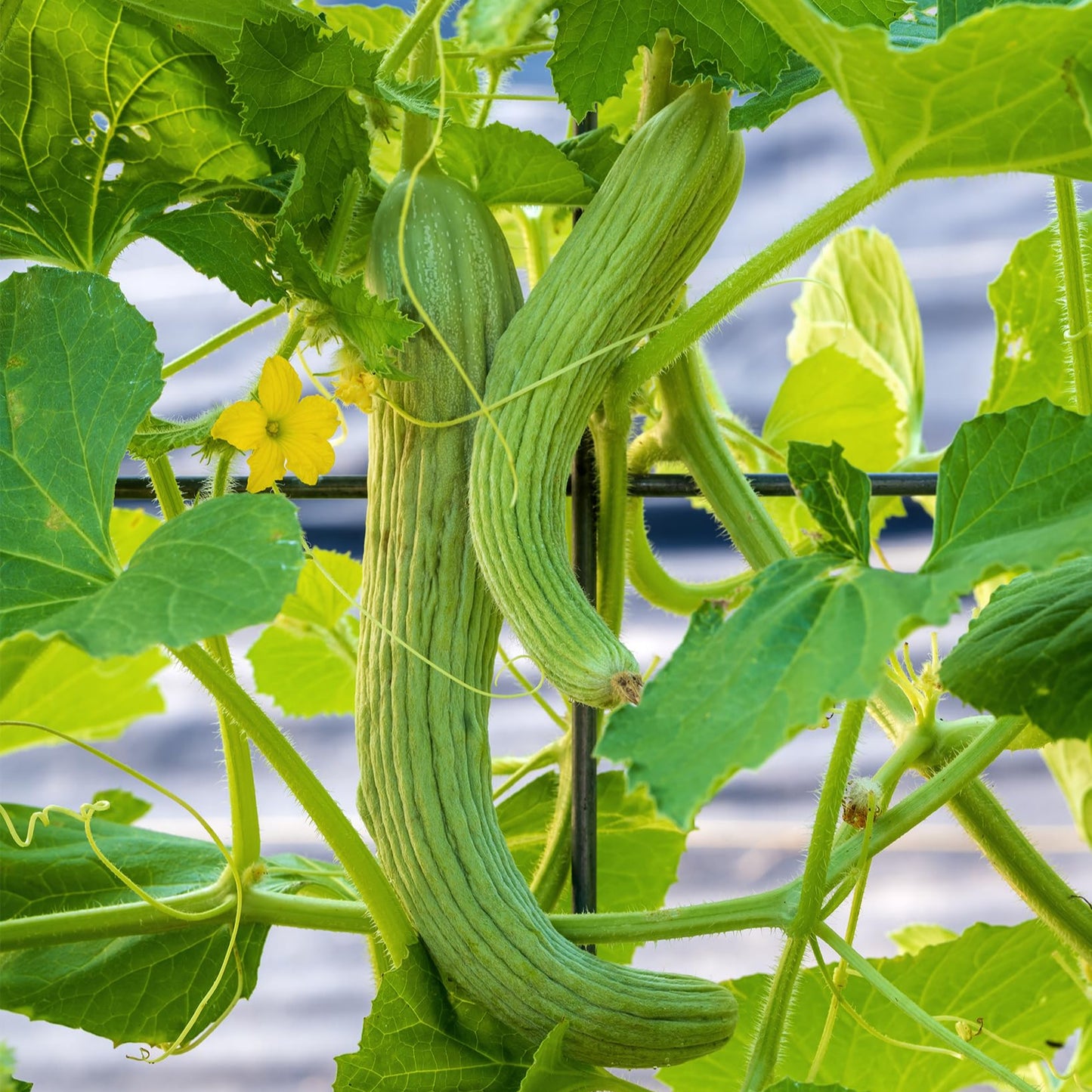
Looking to grow kakri at home this summer? These Kakri Seeds (Armenian cucumber) produce long, tender fruits that stay crisp even in heat — perfect for rooftop pots, garden beds, or grow bags.
With fast growth and early harvests, it's the ideal summer vegetable for raita, salads, and raw snacking — fresh from your own plant.
Why Gardeners Prefer Kakri
- Early maturing variety suited for March–June
- Grows well in 12–14 inch pots or soil beds
- Fruits stay tender longer than regular cucumbers
- Excellent for raita, snacks, or cooling salads
How to Grow Kakri from Seed
When to Sow: March to June (ideal temp 25–35°C)
Where to Grow:
- Rooftop or ground beds
- Large grow bags or 12–14 inch pots
Steps:
- Use 2 parts garden soil + 1 part Vermicompost
- Sow 1–2 cm deep; germinates in 4–8 days
- Provide trellis or low fencing for vine support
- Water regularly but avoid waterlogging
- Harvest fruits young for best taste
Fertilizer & Care
- Soil Prep: Mix vermicompost thoroughly before sowing
- Every 2 Weeks: Apply NPK 20-20-20 for balanced growth
- After Flowering: Use Potash (SOP) to boost fruit size
- Pest Control: Spray Neem Oil every 3–5 days if pests appear
Tips from Local Gardeners
- Start early in spring for best yield
- Pick fruits before they thicken too much
- Train vines off the ground to reduce disease
- Mulch soil to keep roots cool in summer heat
FAQs
Why are my kakris turning bitter?
Usually caused by heat stress or irregular watering. Keep soil evenly moist and harvest before fruits over-mature.
Why are the fruits turning yellow or thick?
This usually happens when they are left too long on the plant. Pick while young and slim for the best texture.
My plant is flowering but not fruiting — why?
Likely due to poor pollination. Encourage bees or hand-pollinate using a soft brush to transfer pollen between flowers.
Other Names: Kakri, Armenian Cucumber, Snake Melon, Yard-Long Cucumber, ککڑی.







